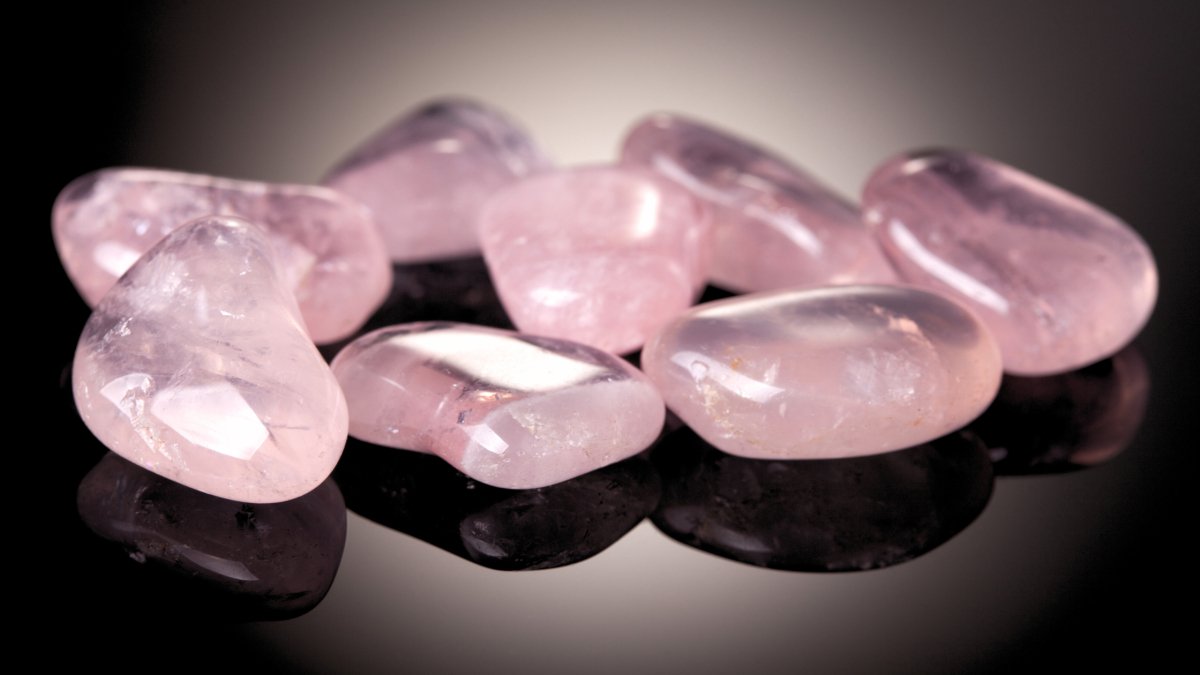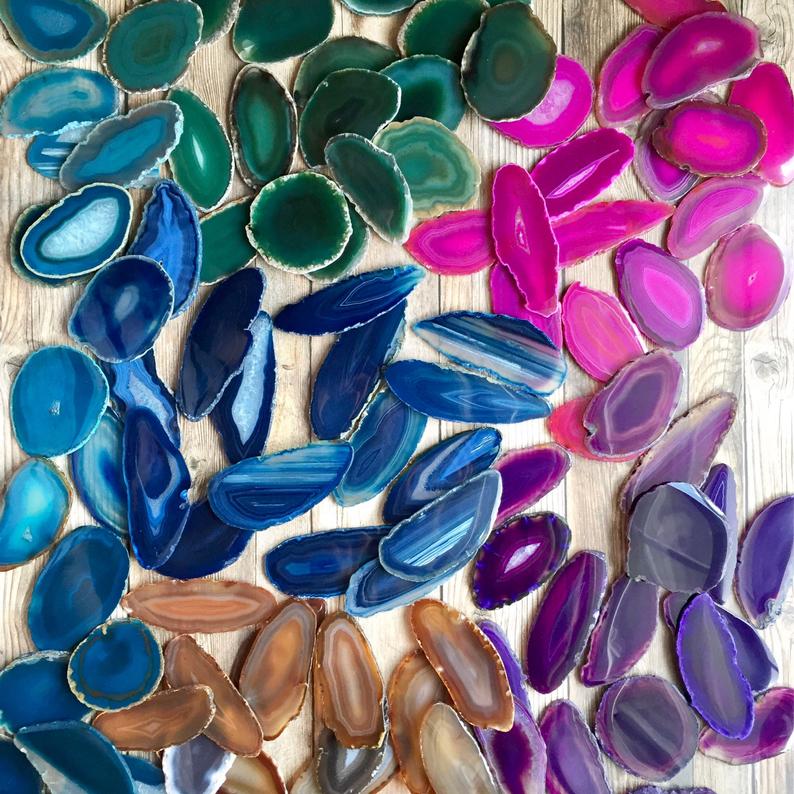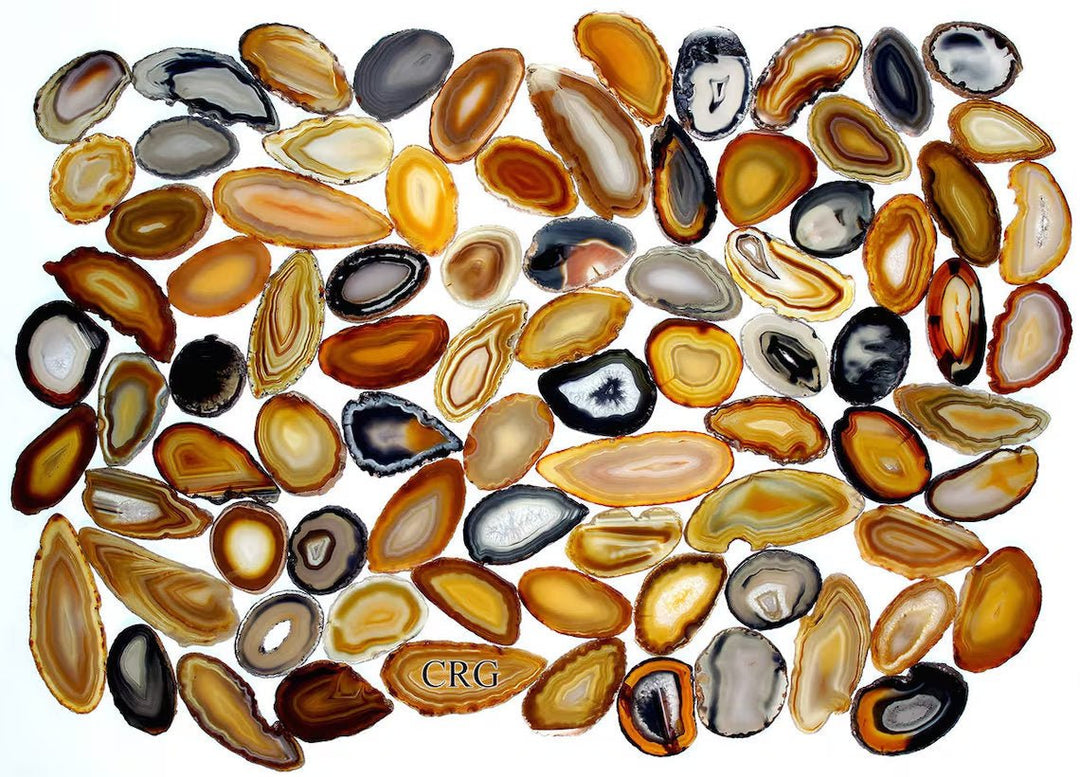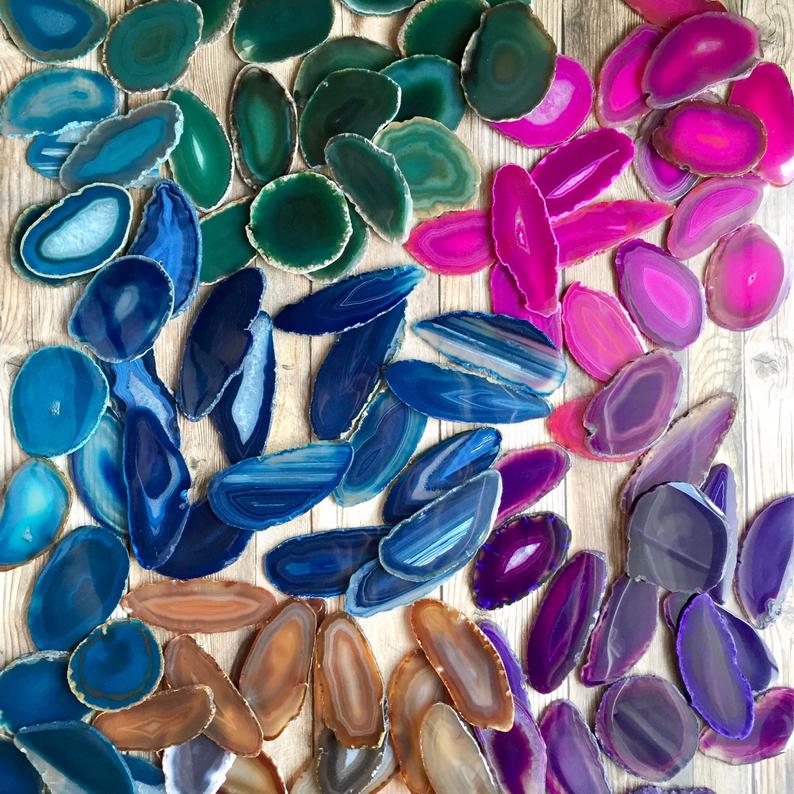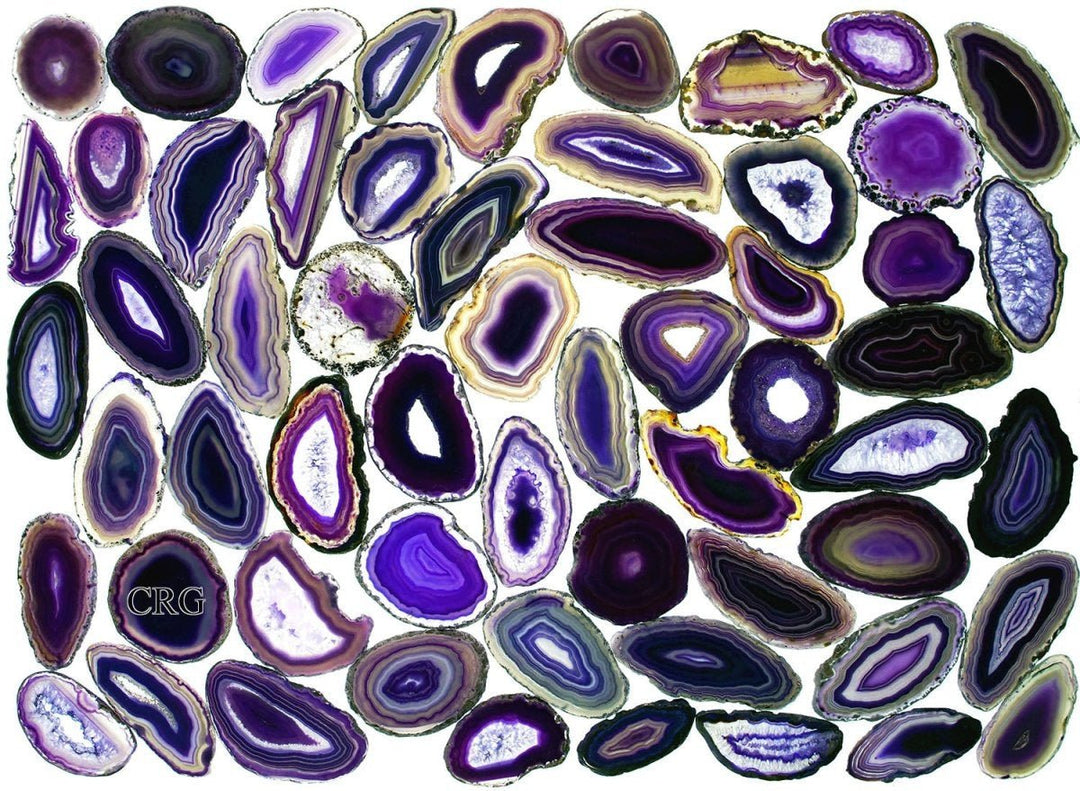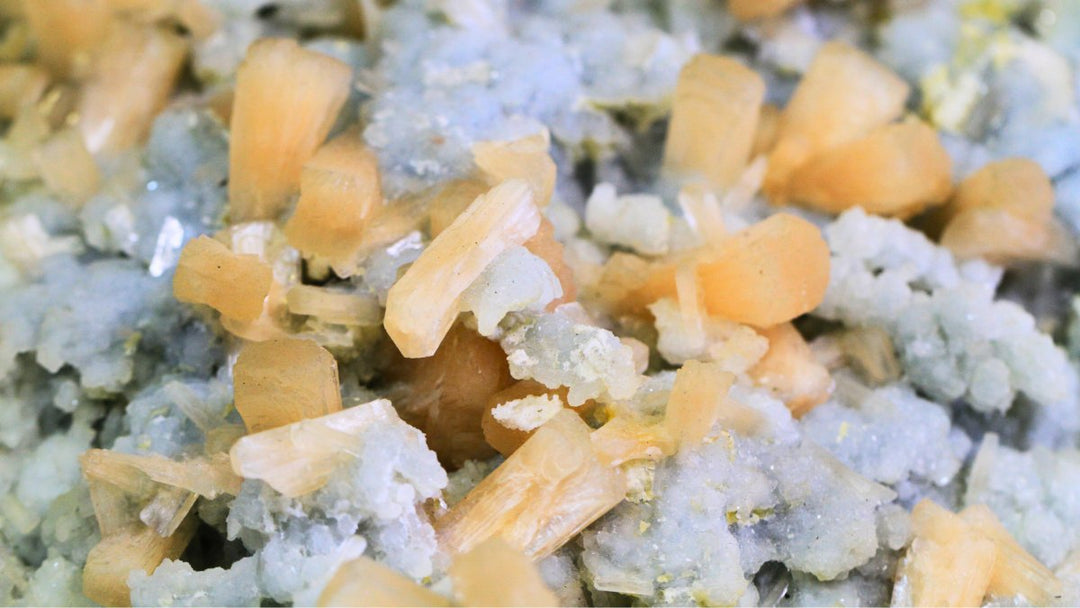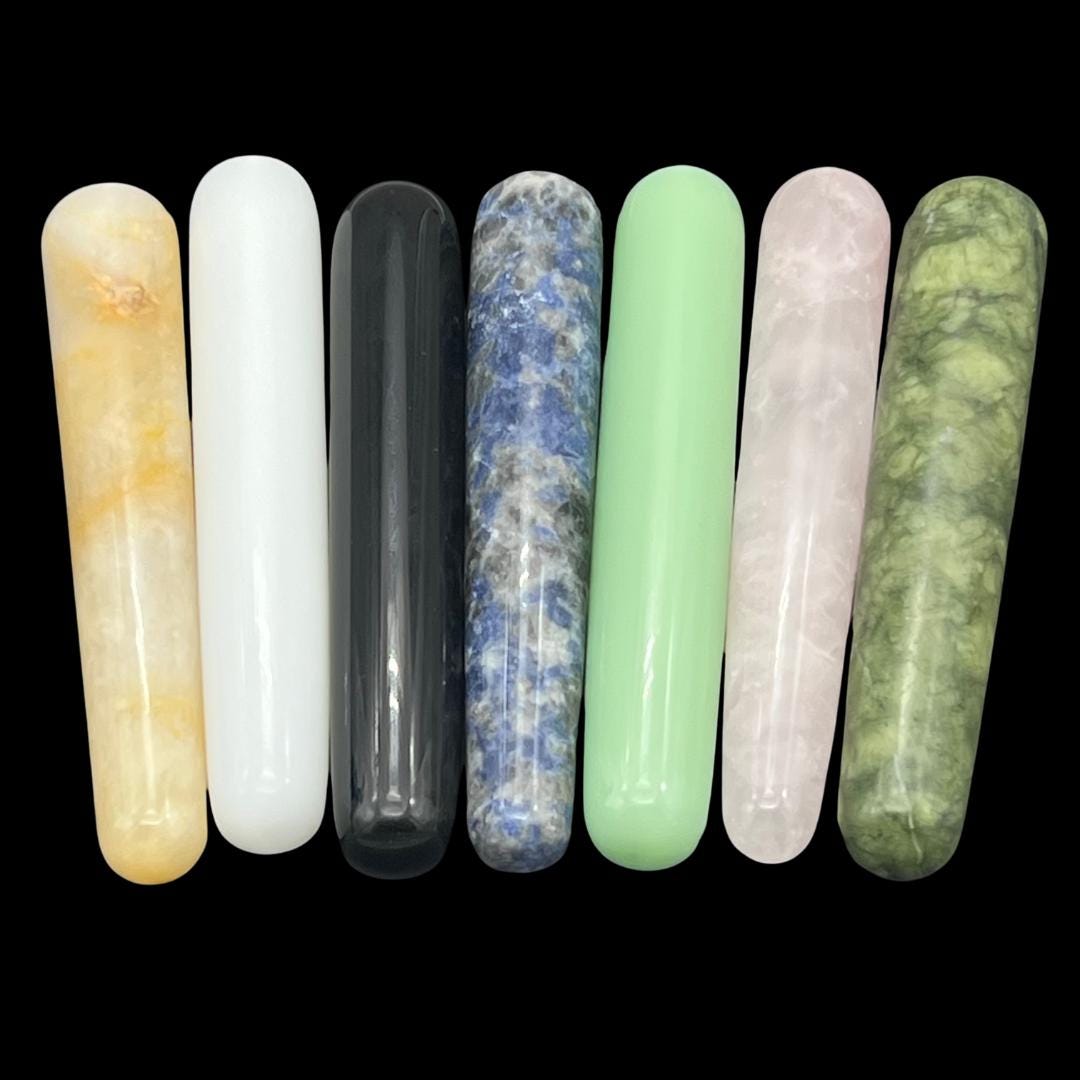With Mother’s Day around the corner, we can think of no better crystal to honor the occasion than rose quartz. Its beautiful pink hue conveys a warmth that seems to radiate from within the stone. Could we write entire lengthy volumes diving into the full geological and cultural history of rose quartz? Of quartz we could… but for now, we’ll stick to our very favorite facts in this article.
Being one of the most abundant types of quartz on the planet, rose quartz has carried significance across many cultures for thousands of years. Archeologists have uncovered ancient Egyptian tombs that incorporated rose quartz in their designs, pointing to its use as an amulet against evil spirits in the worlds of the living and the dead. It is thought that ancient Egyptians also commonly used the stone for ornamentation and that they believed its pink color represented life, love, and happiness. (Later, the Romans would adopt this symbolism and apply it to weddings and romance.) Another ancient civilization that revered rose quartz was Mesopotamia, whose people carved beads from the pink crystal around 7000 BC. Like many other minerals, rose quartz draws a connection between us and the ancient communities of the Earth – just as we look at the stone today and admire its loveliness, so too did human beings that long preceded us.

Quartz itself (SiO2) precedes the human species overall. Quartz specimens can be millions to billions of years old, depending on their site of origin. For instance, there are specimens in Brazil whose ages have reached the billions, whereas much of the quartz sourced from the Alpine region formed only 10 million years ago. (“Only,” indeed!) Rose quartz is certainly no exception to such timescales. It forms imperceptibly slowly within igneous rocks, pegmatites, and hydrothermal veins. The cooling and crystallization of these host rocks create the particular conditions wherein rose quartz may develop. As the host rocks slowly erode, rose quartz is deposited in riverbeds or areas where water has carried it.
So how does rose quartz get its color? Trace inclusions of titanium, iron, or manganese create its attractive pink hue. The intensity and shade of the color will vary depending on the concentrations and ratios of these mineral impurities. Another visual feature sometimes found in rose quartz is asterism (or the “star” effect). In specimens with this effect, a five-pointed star shape is visible at a particular angle when viewed in the light. Asterism is caused by reflections of light from twin-lamellae or extremely fine needle-shaped acicular inclusions in the crystalline structure. It is most easily visible when the stone is carved into a sphere.

There are as many types of quartz as there are mineral inclusions on Earth. Rose quartz, with its warm pink that nearly glows with life, is arguably one of the most stunning quartz varieties. We wear it on our bodies, we admire it in carvings and rough specimens, and we even carry it in our pockets as we move through our daily lives. Crystals like rose quartz invite us to ask: are we really so different from the ancients? What practices and talismans have endured from thousands of years ago up until now, passed down from generations of mothers to their children and beyond?


